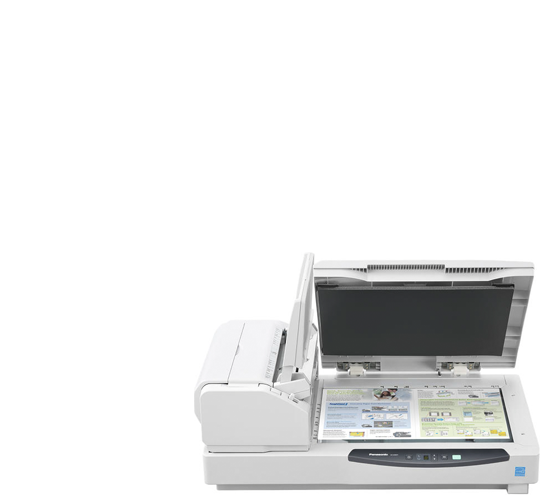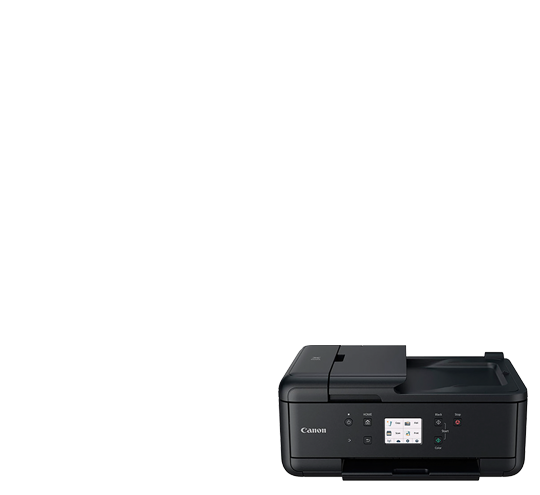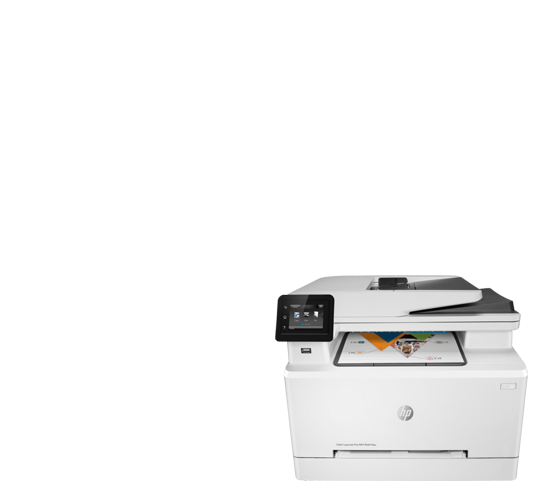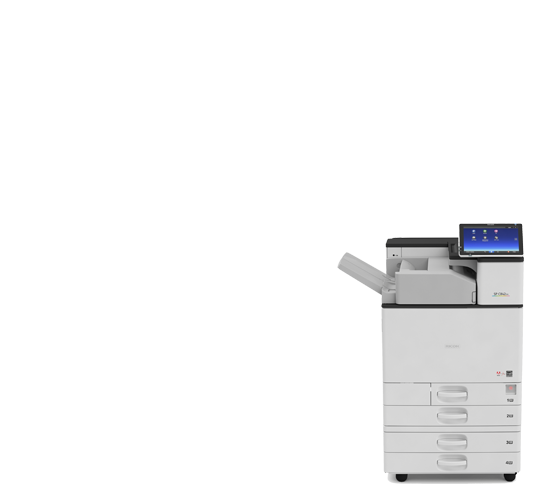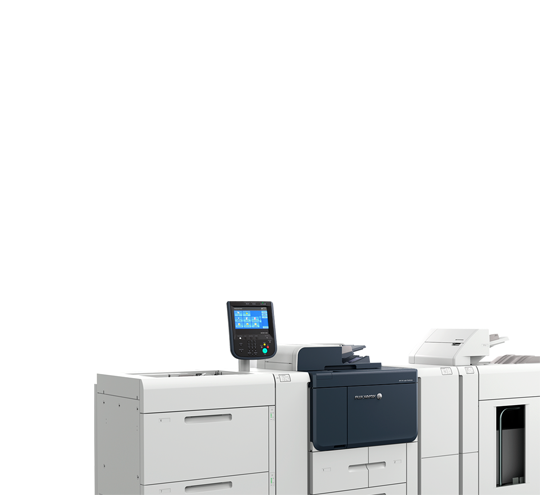Big Data And Business Analytics 2023 Comprehensive Guide Leave a comment
For almost any commercial transaction you can imagine, there are people out there sharing their preferences, their experiences, their recommendations … Descriptive analytics refers to data that can be easily read and interpreted. This data helps create reports and visualize information that can detail company profits and sales. How has big data analytics differed from business anlaytics in your experience?
- In health care, big data analytics not only keeps track of and analyzes individual records, but plays a critical role in measuring COVID-19 outcomes on a global scale.
- Stream processing looks at small batches of data at once, shortening the delay time between collection and analysis for quicker decision-making.
- Big Data is increasingly recognised as an enabling factor that promises to transform contemporary societies and industry.
- But while there are many advantages to big data, governments must also address issues of transparency and privacy.
- Available data is growing exponentially, making data processing a challenge for organizations.
Available data is growing exponentially, making data processing a challenge for organizations. One processing option is batch processing, which looks at large data blocks over time. Batch processing is useful when there is a longer turnaround time between collecting and analyzing data. Stream processing looks at small batches of data at once, shortening the delay time between collection and analysis for quicker decision-making. With high-performance technologies like grid computing or in-memory analytics, organizations can choose to use all their big data for analyses.
Key big data analytics technologies and tools
At the same time, Big Data practices and techniques put at stake several ethical, social and policy challenges, threats and potential hurdles. Other authors (Rubinstein, 2013) underline the potentialities of a new business model based on the personal data store or personal data space (PDS). Such a business model shifts data acquisition and control to a user-centric paradigm, based on better control of data and joint benefits from its use. This solution (and the necessary implementing technology), if developed, might enable users’ empowerment and full control over their personal data. In fact, it would permit users to gather, store, update, correct, analyse and/or share personal data, as well as having the ability to grant and withdraw consent to third parties for access to data. In this way, it would also work towards more accountable companies, where the commitment in personal data protection might become an economic asset for digital players.
The European Privacy Association even proposes to see data protection for digital companies not as mere legal compliance obligations, but as part of a broader corporate social responsibility) and socially responsible investments in the Big https://www.globalcloudteam.com/ Data industry. It is recommended to valorise them as assets within renewed business models, able to help companies responsibly achieve their economic targets. Data analytics technologies and techniques are developing at a remarkable pace.
Reply to “Oversimplified scoring system may compromise its utility as a predictive model for the development of hypertension”
Better fraud detection, risk management and cybersecurity planning help organizations reduce financial losses and avoid potential business threats. Newer recommendation systems are much smarter than that, building on the sophisticated customer insights we have already discussed, with the result that they can be more sensitive to demographics and customer behavior. A friendly waiter’s recommendations may well be data-driven — decisions prompted by a point-of-sale system that evaluates stock levels in the pantry, popular combos, high-profit items and even social media trends. When you share a picture of your meal, you are providing yet more input for the big data engines to digest.
We offer customizable scorecards for one and the other, so you can decide which product(s) might work best for you. A big differentiator between big data analytics for business analytics and simple techniques is industry experience. Having that background knowledge helps analysts determine which datasets are useful and which aren’t. Businesses can now crawl huge datasets from social media, sales, customer experience and environmental sources both internally and from their competitors. They can develop customer personas based on thousands of personalized datasets with auxiliary semantic information that allows them to understand exactly why a customer chooses their product over a competitor’s and vice versa.
In this article, we’ve discussed the differences between the two, their similarities, and how big data analytics has forced an evolution in the business analytics world. We dipped our toes into the waters of implementing BA-based big data analytics, and what tools are necessary to make it all work. This happens both through the summation of large quantities of data and the ability to stream data in real time.
Health Care
It is also essential to establish oversight activities and human intervention in automated systems as well, besides considering that Big Data needs to be coupled with room for politics and with mechanisms to hold power to account. In this way, unintended negative societal consequences of possible errors introduced by algorithms, especially in terms of the risk of systematic discrimination across society in the provision of services, might be prevented or at least minimised. Big data analytics uses advanced analytics on large collections of both structured and unstructured data to produce valuable insights for businesses.
To contribute to speeding up the adoption, at scale, of common open urban data platforms, and ensure that 300 million European citizens are served by cities with competent urban data platforms, by 2025. The potential for citizen’s personal data to contribute to data ecosystems will be significantly enhanced by introducing secure, ethical and legal access to this highly coveted and valuable personal data, incorporating citizen-generated data as ‘city data’. In the same direction, a coordinated European approach on the human and ethical implications of AI, as well as a reflection on the better use of Big Data for innovation, was announced in her political guidelines by the Commission President Ursula von der Leyen (2019). It helps optimize business processes to generate cost savings, boost productivity and increase customer satisfaction.
This might result, especially if public awareness remains very low, in increased social rigidity, limiting people’s ability and willingness to protest injustice and, in the end, in a subtle form of socio-political control. The related societal question is whether this trend will have an impact on the human ability to evolve as a society, where minority views are still able to flourish. At the same time, in order to promote the commitment of the business world, it is advisable that the efforts of those companies which invest in ethical relationships with customers are recognised by governments and properly communicated by the companies themselves to their customer base. The certification approach should also be explored, as inspired by the Ethics Certification Program for Autonomous and Intelligent Systems launched by the Institute of Electrical and Electronics Engineers for AIS6 products, services and systems. The use of Big Data, new surveillance tools and data gathering techniques represent a fundamental step for the European economy. Nevertheless, it also poses significant legal problems from a data protection perspective, despite the renewed legal framework (General Regulation on the Protection of Personal Data, GDPR).
Well-managed, trusted data leads to trusted analytics and trusted decisions. To stay competitive, businesses need to seize the full value of big data and operate in a data-driven way – making decisions based on the evidence presented by big data rather than gut instinct. Data-driven organizations perform better, are operationally more predictable and are more profitable. Big data projects demand intense resources for data processing and storage. Working together, big data technologies and cloud computing provide a cost-effective way to handle all types of data – for a winning combination of agility and elasticity.
Unlike its older cousin – the data warehouse – a data lake is ideal for storing unstructured big data like tweets, images, voice and streaming data. But it can store all types of data – any source, size, speed or structure. Initially, as the Hadoop ecosystem took shape and started to mature, big data applications were primarily used by large internet and e-commerce companies such as Yahoo, Google and Facebook, as well as analytics and marketing services providers. Data analysts, data scientists, predictive modelers, statisticians and other analytics professionals collect, process, clean and analyze growing volumes of structured transaction data as well as other forms of data not used by conventional BI and analytics programs. Businesses can access a large volume of data and analyze a large variety sources of data to gain new insights and take action.
The analysis happens in what is called a “black box,” an area of the program that is difficult to interpret by humans. The produced insights are so sophisticated, that humans don’t know how we got there. This same data flow uniformly organizes data and stores it autonomously. This increases data governance and makes all of an enterprise’s data more accessible for further processing later. It’s also helped to level the playing field between multi-billion dollar corporations and small, single-office competitors. Access to public information is fairly universal, with fewer data sources hidden behind paywalls that smaller businesses can’t afford.
How can your organization overcome the challenges of big data to improve efficiencies, grow your bottom line and empower new business models? Big data analytics cannot be narrowed down to a single tool or technology. Instead, several types of tools work together to help you collect, process, cleanse, and analyze big data. Big data demands sophisticated data management technology to transform your analytics and AI programs into big opportunities. Between the ease of collecting big data and the increasingly affordable options for managing, storing and analyzing data, SMBs have a better chance than ever of competing with their bigger counterparts. SMBs can use big data with analytics to lower costs, boost productivity, build stronger customer relationships, and minimize risk and fraud.
AMR launched its user-based online library of reports and company profiles, Avenue. An e-access library is accessible from any device, anywhere, and at any time for entrepreneurs, stakeholders, and researchers and students at universities. With reports on more than 60,000 niche markets with data comprising of 600,000 pages along with company profiles on more than 12,000 firms, Avenue offers access to the entire repository of information through subscriptions. A hassle-free solution to clients’ requirements is complemented with analyst support and customization requests. Allied Market Research (AMR) is a full-service market research and business-consulting wing of Allied Analytics LLP, based in Portland, Oregon.
